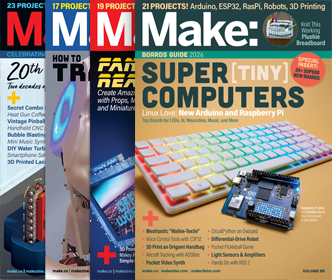
Firefly Workshop’s Craig Smith described how he seals small wounds with the help of superglue:
I read that the American Medical Association now recognizes superglue as a medical aid. For cuts that are deep, but not requiring stitches, or in an area where stitches are tricky, superglue is used. Funny thing was that I had been aware of this trick several years earlier. It annoyed me that even with a band-aid, I had a wound that would not close and healing time was slow. So now I gently clean the wound with anti-bacterial soap, rinse and dry. With a drop of glue on a piece of plastic (paper will absorb it) I hold the wound closed and drag a bit of glue on a toothpick across the cut. Two or three ‘stitches’ across the cut does the job. Do not go along with the cut. Do not totally seal the cut. Amazingly, heal time is a day or two. And best part is you can go back to your project almost immediately after your boo-boo.
You’re probably better off consulting an actual doctor than a blog post, so if you get an ouchie, be safe!
ADVERTISEMENT







